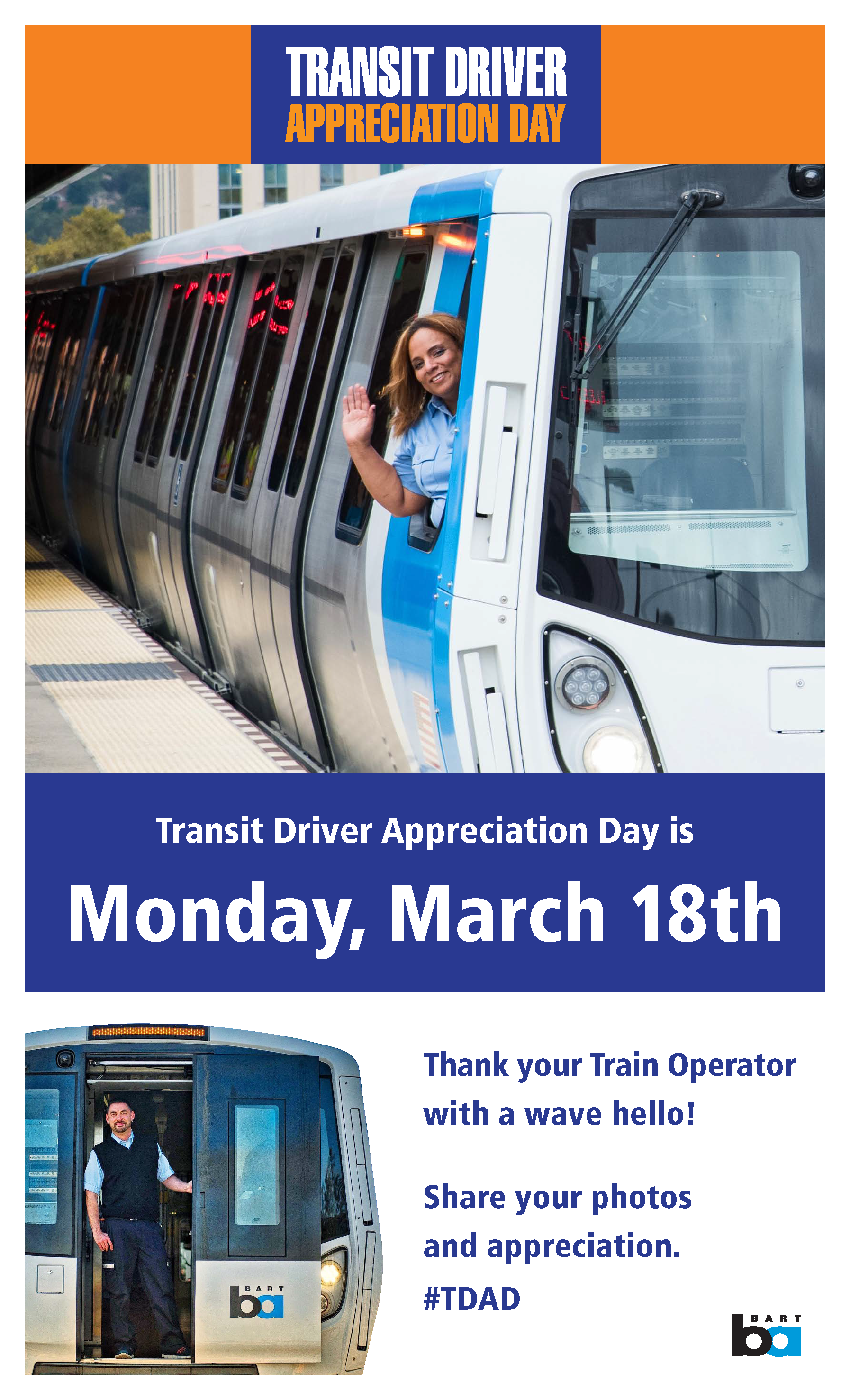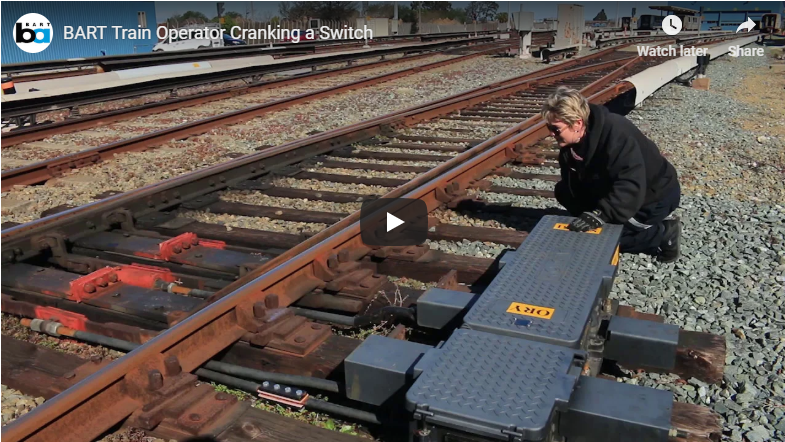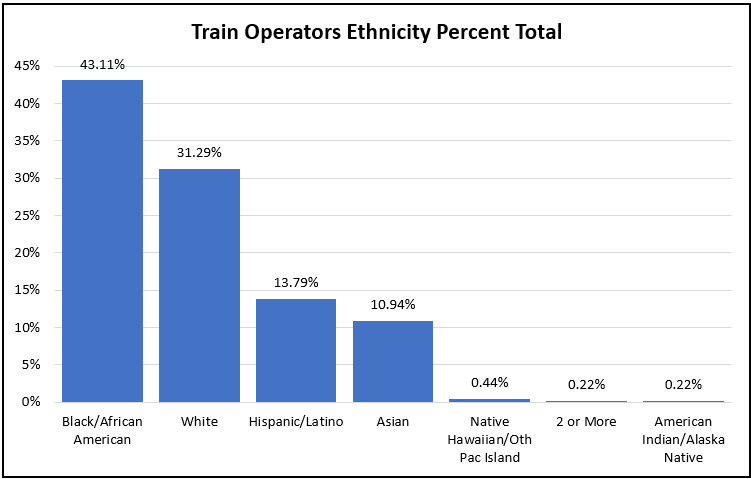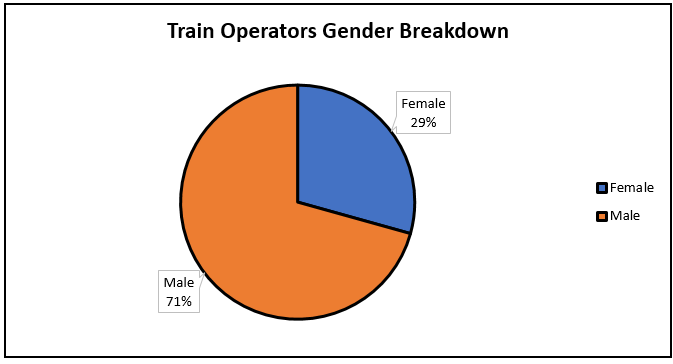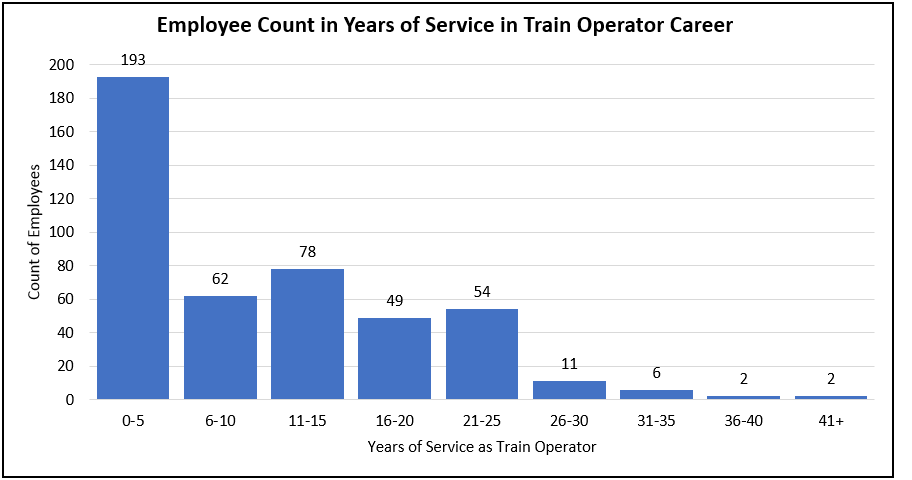Join us in celebrating Transit Driver Appreciation Day
Monday March 18th is Transit Driver Appreciation Day and BART is celebrating the day by giving thanks to BART’s dedicated crew of 457 train operators who help keep the Bay Area moving.
The day will be filled with surprises for our train operators while encouraging our riders and staff to wave at and thank their train operator.
We are also encouraging riders and staff to give a shout out on social media using the hashtag #TDAD.
LISTEN TO OUR PODCASTS
Listen to our podcast featuring Captain Jack, an operator known throughout the system for his funny station announcements. He describes the challenges of his job and how he comes up with some of his best material.
Another podcast features our train operator Joe Benton, one of the first graduates of the Fleet of the Future training program. He talks about what it’s like to operate one of BART’s newest trains.
TRAIN OPERATOR RESPONSIBILITIES
Train Operators play a leading role in our 92% on-time performance. They must ensure trains don’t dwell too long at a station, they trouble shoot train car problems and they observe and respond to hazards that could cause delays on the platforms or on the train itself.
Train Operator responsibilities go beyond the cab. Here is a look at just some of the responsibilities you may not know about.
Vehicle Troubleshooting
When a train experiences a problem, the operator doesn’t know which car has malfunctioned. The operator must move quickly from car to car to hunt down the origin of the problem and then clear it or radio in for assistance. When a train is stalled, and riders are not getting updates, it is often because the operator is outside of the cab working as quickly as possible to resolve the problem preventing the train from running.
Cranking Switches
When there is a train routing problem, Train Operators must climb down from the train onto the track and then walk, in whatever the weather may be, to the track switch that needs to be aligned. They then “crank the switch” to ensure the accurate route is locked and set. This video shows how it works.
Swapping Out “Bad Order” Cars
When an operator finishes a run and brings the train into the yard to then get the train ready for the next run, a train operator has to quickly swap out any “bad order” cars (cars that experienced any failures during the run) with a new car in good working order. Often the car that needs to be swap into place can be located far away in the yard and it’s a race against the clock to swap the bad with the good and go back into service.
Responding to Emergencies
During emergency situations, train operators become first responders, evacuating passengers safely, and using a fire extinguisher when necessary.
Train Operators have helped reunite lost children with parents. They’ve helped riders in medical distress and offered care for elderly, sick and the homeless. They keep a watchful eye for erratic behavior on the platform and those who may be in crisis.
Building the Train in the Yard
They prepare trains for service in the early morning hours when they wake the cars and then couple the train cars together to build the train before they are dispatched.
They also deliver cars that need maintenance to the shops.
Finding Lost Things
Train operators are often called by the control center about a lost item and they will go search their train for it and help get the item reunited with the owner.
Other Duties
- They play an important role with track inspections after an incident, visually inspecting the rail.
- They participate in Fleet of the Future car testing and the certification process that verifies the cars can be put into passenger service.
- They are part of the testing when we open new extensions.
- They assist in the process of training new train operators, train controllers and supervisors on the job and in the classroom setting. Assist in development of new training programs.
- They participate in fire and police drills during the hours BART is not open for riders.
BY THE NUMBERS
We are proud of our diverse workforce.
